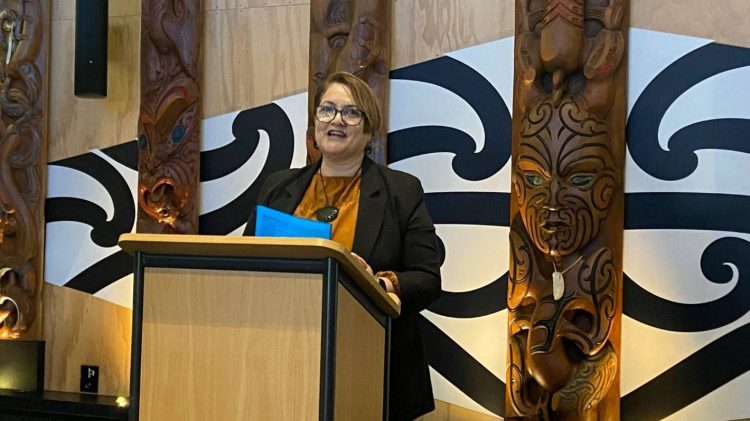9월 17일 뉴욕에서 열린 유엔에서 마오리 국왕과 아오테아로아 (뉴질랜드) 및 태평양 지도자들은 고래를 해양 대사로 임명하는 결의안을 지지했다.그들은 국제 해역에서 고래의 법적 권리를 인정하는 국제 협정을 원하고 있습니다.
블루 그린 퓨쳐의 랄프 차미 박사가 결의안을 발표했습니다.그는 히네모아나 헤일로 오션 이니셔티브와 협력하여 고래를 보호하고 있습니다.응아이 타후 (Ngāi Tahu) 의 리사 투마하이 (Lisa Tumahai) 는 고래가 중요한 먹이 공급 지역과 번식지 사이를 오가는 길을 보호하는 것을 목표로 한다고 말했습니다.
히네모아나 헤일로 오션 펀드는 고래를 돕기 위한 프로젝트에 1억 달러를 모으는 것을 목표로 합니다.국제자연보호협회와 파트너십을 맺고 있는 이 기금에는 뉴질랜드, 통가, 프랑스령 폴리네시아, 쿡 제도의 원주민 단체가 참여하고 있습니다.원주민이 주도하는 기후에 초점을 맞춘 태평양 최초의 자금 조달 방법을 마련할 계획입니다.
국제 아오테아로아 자연보호협회의 미어 타코코 (Mere Takoko) 씨는 이번 연구가 기후 변화에 대처하고 해양 생물을 보호하는 데 고래가 갖는 핵심적인 역할을 인정하고 있다고 말했다.
응아티 와이 (Ngāti Wai) 출신의 지도자인 아페라하마 에드워즈 (Aperahama Edwards) 는 해양 복원을 위해 원주민들이 협력하는 일의 중요성에 대해 이렇게 말했습니다.이는 지역사회가 기후 변화에 더 잘 대처하는 데 도움이 될 것입니다.
히네모아나 헤일로 (Hinemoana Halo) 프로젝트를 통해 원주민 단체들은 2,200,000km²에 달하는 최대 규모의 해양 보호 구역을 조성하겠다고 약속했습니다.이 계획은 고래 보호와 고래 이동 경로 보호에 초점을 맞출 것입니다.전체 세부 정보는 스페인에서 열리는 2024년 UN Ocean’s Decade 컨퍼런스에서 공유될 예정입니다.






























































